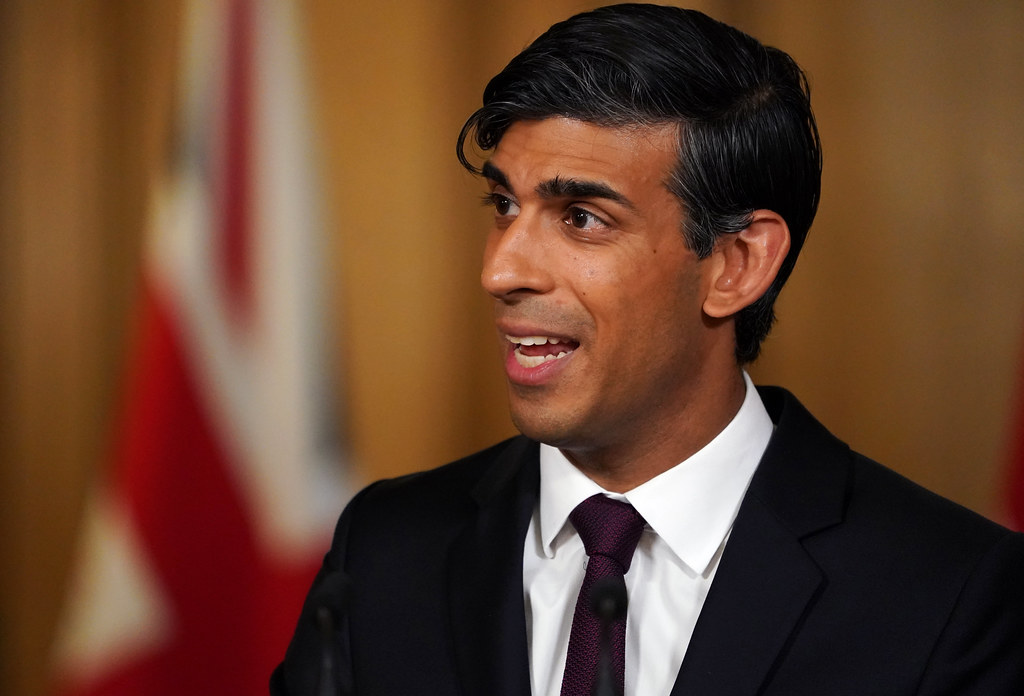The Battle for Blue-Collar Britain: Can Labour win back the Working Class?
Introduction
Boris Johnson’s General Election win in 2019 proved to be one of the strongest victories for Conservatives in recent history, and also the biggest loss of the traditional, working-class ‘red heartlands’ for Labour. However, only 44% of the worker class voters who turned blue in 2019 plan to vote for them again. The question can be raised of whether this is due to a successful rebrand of Labour, the result of the Conservatives failing to meet the promises made or there simply being a better offer from other parties. Whichever the case, politicians are fighting for the votes of blue collar Britain. The United Kingdom (UK) has experienced periods of great change since 2019 with events like the official withdrawal from the EU, the Coronavirus pandemic and a cost of living crisis and has left popular parties with a ‘mixed bag’ of unsure voters. The battle to win back the working class has been building to the next election, but who will prevail?
How did the Conservatives gain them in 2019?
Surveys have highlighted leadership concerns and Brexit as the primary factors that drove voters away from Labour and toward the Conservative party (Hart, 2022:298). The Conservatives recognised the increasing dissatisfaction of the working-class when it came to issues such as immigration and the economy in the wake of Brexit, which was a dominant factor in the reshaping of class voting. They seized the opportunity to win votes from across the traditional class lines they had previously struggled to break. Labour had been losing red hot seats since Tony Blair’s ‘New Labour’ has shifted toward the centre and widened its appeal beyond the traditional working class, thus weakening their cleavage. In the years after, leaders like Jeremy Corbyn then made the shift to a more radical profile bringing in Anti-Capitalist and stronger Left-wing values (Whiteley et al, 2018:80). This left Labour in a position where its core values and aims were ultimately unclear to voters whilst Johnson was in the background revitalising the Conservatives to appeal where they were failing. This eventually led to them being able to secure historically reliable Labour seats.

Will Labour win them back?
Labour has been rebuilding itself ever since the catastrophic loss, as losing 59 seats is not a good outcome for a party that has been on the opposition bench for almost a decade (Hart, 2022:300). The current Labour leader, Sir Keir Starmer, has been working to turn the image of the party around and bring it back to a more centre-left stance. When making a visit to Teeside, Starmer said, ‘The Labour Party was set up to support working people and to fight for working people, and we have drifted too long from that’. He is aware that Labour’s best chance is to appeal to the original socio-economic values that their voters want. The problems and controversies that have plagued the Conservative government in recent months resulting in a significant loss of support, it appears that much of the ‘red wall’ is set to return to Labour.

Current voting attentions
However, despite the Conservatives winning these seats from Labour in 2019 it does not guarantee that they will go to either of the traditionally main parties. Most of the working-class who defected from the Conservatives since 2019 have not gone to Labour. Current voting intentions indicate that Labour has been successful in gaining back voters, but both Labour and Conservative will suffer losses to smaller parties. Reform and the Liberal Democrats have made notable advances in gaining voters, with Reform being only 10.2% behind the Conservatives. It’s projected that Labour is looking at having 43.6% of the vote share, which can evidence that there has possibly been a resurgence of voting among class lines. However, it could also show that people simply aren’t happy with the way the Conservatives have handled recent events. Of the 31 of the Northern Midlands ‘red wall’ seats that flipped to Conservative, only 3 maintained a Conservative lead as of 2023.
Conclusion
It looks likely that Labour will be able to take back the working-class hotspots that they once lost, but it does not reference a secure future along these lines. More and more working-class voters with stronger concerns are leaning towards parties such as Reform. For Labour to maintain any advances they make in the coming election, and reflect voters from voting Conservative once again, they must ensure that they are pragmatic and working toward what the party promises their voters.
References
Ainsley, C. (2023). The Tories have squandered their advantage with working-class voters. Labour can win them back. The Guardian. [online] 9 Oct. Available at: https://www.theguardian.com/commentisfree/2023/oct/09/tories-labour-working-class-voters.
Corrigan, N. (2024). Keir Starmer quizzed on working class voters while promising Teesside jobs. [online] Teesside Live. Available at: https://www.gazettelive.co.uk/news/teesside-news/keir-starmer-quizzed-winning-back-29021581 [Accessed 19 Apr. 2024].
Hart, G. (2021). Working-class conservative voters in 2019: voices from a valley in northern England. British Politics, 17(17). doi:https://doi.org/10.1057/s41293-021-00177-5.
Leach, A., Hoog, N. de, Cousins, R., Fischer, H. and Kirk, A. (2024). UK general election opinion poll tracker: Labour leading as election looms. [online] the Guardian. Available at: https://www.theguardian.com/politics/ng-interactive/2024/apr/15/uk-general-election-opinion-poll-tracker-latest-labour-tories-starmer-sunak.
Walker, A. (2024). The state of public opinion: class. [online] UK in a changing Europe. Available at: https://ukandeu.ac.uk/the-state-of-public-opinion-class/.
Whiteley, P., Poletti, M., Webb, P. and Bale, T. (2018). Oh Jeremy Corbyn! Why did Labour Party membership soar after the 2015 general election? The British Journal of Politics and International Relations, [online] 21(1), pp.80–98. doi:https://doi.org/10.1177/1369148118815408.